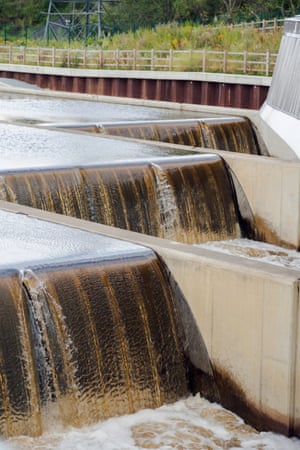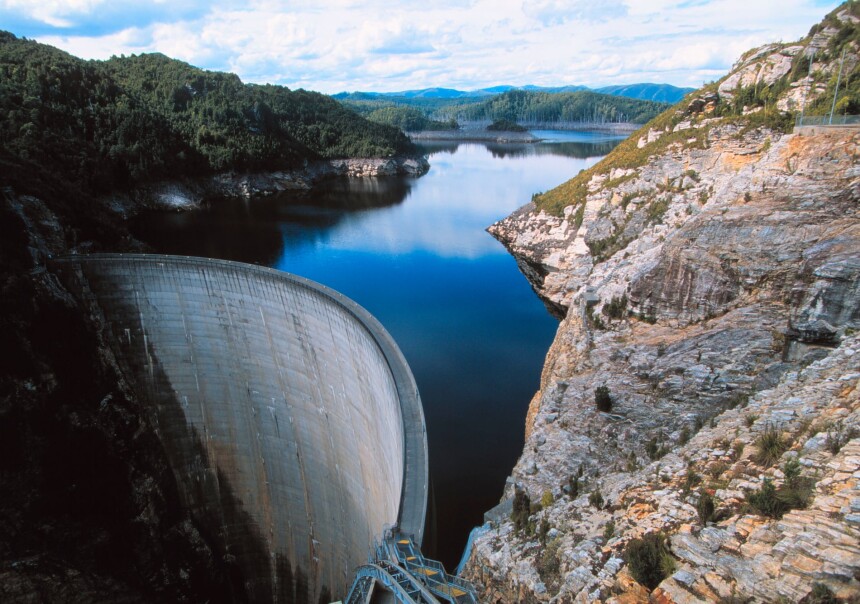Water management requires us to understand how much rainfall ultimately becomes accessible water in rivers, dams and groundwater wells. We use hydrologic models to predict flow; a good model can help us design dams that are big enough, bridges that are high enough and neighbourhoods that are safe during extreme weather events.
Hydrologic models are informed by environmental measurements we’ve collected over several decades. However, climate change impacts on the landscape are changing the water cycle, meaning our measurements, and therefore our models, might not accurately reflect future water dynamics. By better understanding our changing landscape, we can take action to create a safer water future for us all.
Changing rainfall, evaporation and soil
Climate modelling suggests that, in the coming years, average rainfall will decrease over much of the continent. Simultaneously, extreme rainfall is likely to increase, bringing heavier downpours.
Much of the rainfall over Australia is lost to evaporation. The “thirst” of the atmosphere is measured by its evaporative demand. Since the Millennium Drought began in the 1990s, higher temperatures have driven evaporative demand up by increasing the air’s capacity to hold water vapour.
Decreasing annual rainfall and increasing evaporative demand will tend to result in drier soil. Drier soils are more absorbent, so less rain runs directly into waterways. This means that, even if we get heavier downpours in the future, they won’t necessarily produce the floods we rely on to fill dams. Unfortunately, this flood-reducing tendency won’t apply equally to urban environments (where it might actually be helpful) because we have paved over that absorbent soil in cities.
Alongside changing soil wetness, intense bushfires can alter the physical properties of soils, causing them to become hydrophobic and dispersive – meaning they absorb less rainfall and erode more easily. So, while heavy rainfall can relieve some fire conditions, it can also cause flooding and erosion. Water quality tends to be poor because of the eroded soil and, in the immediate aftermath of fire, fallen ash. Dams full of dirt and ash cause chaos for water supply. We know fire risk is increasing, but these effects aren’t commonly accounted for in hydrologic models.

How will trees react to new conditions?
The growth and behaviour of trees is also changing. For example, trees use water more efficiently as carbon dioxide levels increase. This doesn’t necessarily mean more water is left for us to use. It might just mean trees grow faster than they otherwise would, assisted by biological effects associated with warmer temperatures and increased carbon dioxide availability. There are many factors at play, and this is still an active topic of research.
Hotter, drier conditions increase the risk of fire, as we saw last summer, and there are complex flow-on effects for ecosystems. If water-consuming trees are destroyed by fire, it may seem that more water will be available for humans, but that’s not necessarily the case: fast-growing recovering forests tend to use much more water than old-growth forests.
Clearly, competing effects are affecting trees around the world, and it’s not easy to see what the ultimate outcome will be. We need to understand these processes before vegetation response to climate change can be reliably predicted and accounted for in hydrologic models.
Advancing hydrologic modelling will help us adapt
My research, supported by the Westpac Scholars Trust, contributes to a growing body of knowledge around climate change impacts on our landscapes and the implications for hydrologic modelling. It will always be harder to model environmental behaviour we have never seen, but the science is evolving and we can use this new knowledge to guide better engineering practice. Australia is home to many of the world’s top climate scientists, and we should take full advantage of their work by incorporating it into the practical tools that inform decisions, big and small.
We’re making progress. For example, the Millennium Drought brought the most extreme conditions on record in many places, allowing hydrologists to test models on previously unseen conditions. Through rigorous observation of our changing environment, along with experimentation (for example, through artificially increasing carbon dioxide levels over experimental forest plots), we can address other future landscape changes in hydrologic practice.
Ultimately, however developed the science and however accurate the models become, we need to urgently cut our greenhouse gas emissions and support the rest of the world to do the same. For those impacts we can’t avoid, we need the best possible science on environmental changes, both current and future. Then we need to translate this knowledge into evidence-based water management. By understanding the landscapes of the future, we work towards securing a safe water future for all Australians.
Clare Stephens is one of 470 Westpac Scholars who are setting new benchmarks in innovation, research and social change.
Originally published by The Guardian Labs (link)

